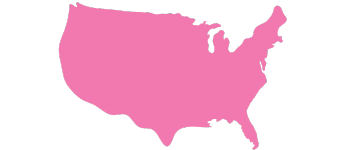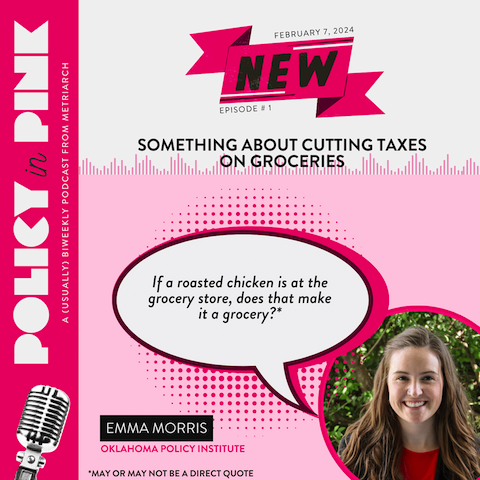Data highlight
Women living in Rhode Island and Utah accessed dental services within the last year most often at 74.6%. Tennessee reported the lowest rate of 57.1%. Oklahoma ranks 48 out of 50.
HOW WE STACK UP
As of 2020, the percentage of women ages 18-44 who reported visiting the dentist or dental clinic within the past year.


Source: American Health Rankings
YOU MIGHT ALSO LIKE
Definition
Dental healthcare involves keeping teeth and gums healthy through regular check-ups, cleanings, and treatments. It includes preventing and addressing issues like cavities and gum disease to ensure overall well-being.
Why we care
Oklahoma has a dental provider ratio of 58.2 per 100,000 people. The national average is 64.6, and Oklahoma ranks 32nd of the 50 states for dental care provision. As with all healthcare, dental providers are densest around the Oklahoma City and Tulsa metro areas. Rural areas face the most barriers to care (See Access to Care in Rural Areas). Dental access in rural areas further follows the pattern of other specialists, which are few and far between in these areas.
While it is important for most everyone to go to the dentist at least twice a year, access to dental services is especially essential for women. Dental issues can sometimes arise from benign hormone changes in the body during menstrual cycles, pregnancy, and menopause.
While dental hygiene might seem like a lower priority when considering other health-related needs, gum disease is strongly correlated with heart disease and diabetes, and excessive tooth loss is connected to coronary artery disease. These correlations are especially important in Oklahoma where 12.8% of the adult population has diabetes and 1 in 4 deaths is related to heart disease. These issues are exacerbated during pregnancy when women are more likely to experience gum disease.
Neglected dental care can have a negative economic impact as poor dental hygiene and tooth loss can affect a person’s appearance, ultimately impacting hiring and job promotion.
Employers may offer dental health insurance as an opt-in program, requiring employees to pay an additional fee for coverage. Dental plans are available through the Insurance Marketplace, but they are most often offered as a separate expense. Access is limited by the perception that dental care is secondary to bodily health care.
The limitations of dental insurance pose a significant barrier to access, as dental care is highly expensive. Moreover, dental coverage caps are notably low when compared with the actual expenses of comprehensive dental care.
Medicaid (called SoonerCare in Oklahoma) includes dental coverage, but providers who accept it are more limited.
SoonerCare provides coverage for dental needs (including during the expanded postpartum coverage period) however, Oklahomans can still find it difficult to find a dental provider that accepts the coverage.
What we can do:
- Encourage efforts to expand the SoonerCare dental provider network
- Recruit dental providers to Oklahoma to serve in underserved and rural communities
- Encourage employers to include comprehensive dental coverage in their insurance benefit plans
- Treat dental care insurance with the same necessity we do as bodily health insurance
- Support initiatives for free and reduced cost dental care
- Support community organizations that are expanding access to dental care such as the Mission of Mercy Dental Clinic
This issue brief was written by Metriarch staff as part of our Data Lookbook. Peer review and contributions provided by Laura Ross.
Suggested citation
Metriarch. “Access to Quality Care,” Data Lookbook (2024). URL: metriarchok.org/access-to-dental-care.
- Last updated May 2, 2024
Share this page:




